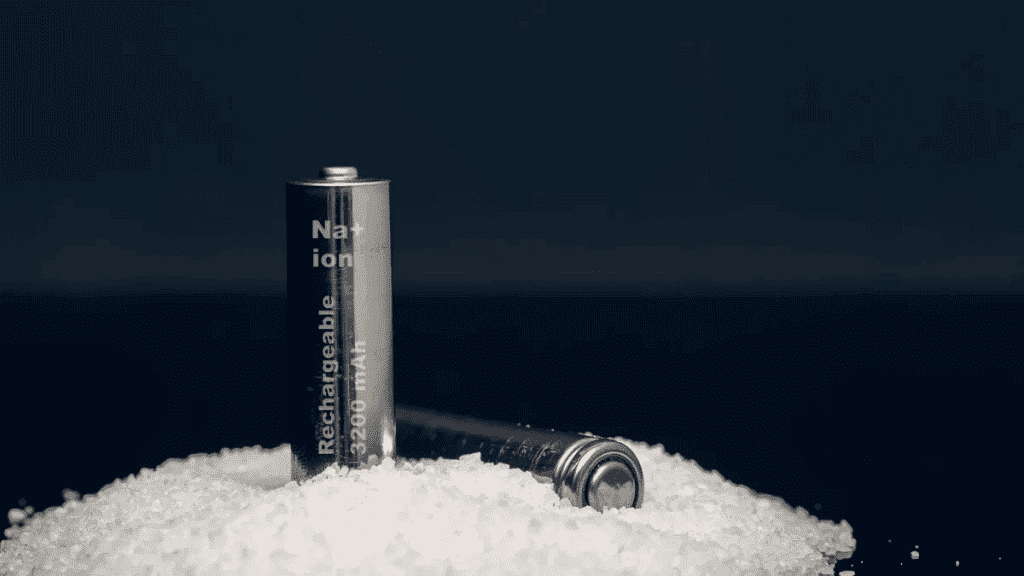Sodium-ion batteries have been a consistently sustainable choice of batteries as the raw materials are easily available and the prices are way less than their lithium-ion counterparts. However, there is one issue with them. It is getting their formulation right so they can function properly and in a variety of temperatures.
This problem is fixed now as researchers from Skoltech and Lomonosov Moscow State University have made a material for sodium-ion batteries which brings an alternative to lithium-ion batteries, according to a press release by Skoltech published on Monday.
The new material is a powder of sodium-vanadium phosphate fluoride with a particular crystal structure that provides record-high energy storage capacity when used in the battery cathode. According to the researchers, the new cathode material gives 10 percent to 15 percent better battery energy density than the current top contender.

“Both our new material and the one the industry has recently deployed are called sodium-vanadium phosphate fluoride — they’re made of atoms of the same elements. What makes them different is how those atoms are arranged and in what ratio they are contained in the compound,” study co-author, Assistant Professor Stanislav Fedotov of Skoltech, said.
“Our material also compares well with the class of layered materials for cathodes: It provides roughly the same battery capacity and greater stability, which translates into longer life and higher cost-efficiency of the battery,” Fedotov went on. “Remarkably, even the theoretical predictions for the competing materials fall short of the practical performance of ours, and this is far from trivial because the theoretical potential is never fully realized.”
It is believed that if enough investment is made in its research and development, the new batteries will soon replace lithium-ion ones in heavy electric vehicles, like buses & trucks, as well as in stationary energy storage at the wind, solar farms, and elsewhere in all kinds of temperatures.
“Higher energy storage capacity is just one of the advantages of this material. It also enables the cathode to operate at lower ambient temperatures, which is particularly relevant for Russia,” Fedotov said.
Semyon Shraer who is a research intern at Skoltech and the lead author of the paper, said, “In fact, the battery community tends to proceed with the search for new materials either empirically — by trial and error — or with high-throughput studies that test vast arrays of materials. We approach it differently and favor rational solid-state chemistry design. That means we rely on hard science, using the fundamental laws and principles of solid-state chemistry to arrive at the material with desired properties.”

“Theoretical considerations led us to the basic formula for a material that might provide high energy storage capacity,” he continued. “We then needed to determine which crystal structure would unlock that potential. The one we chose is known as the KTP-type framework, and it comes from nonlinear optics — it’s not really common for battery engineering. After careful thinking and theorization, we realized that this particular compound with that particular crystal structure should work. Then we managed to synthesize it via low-temperature ion exchange. And there it is, with its superior characteristics now confirmed by an experiment.”


